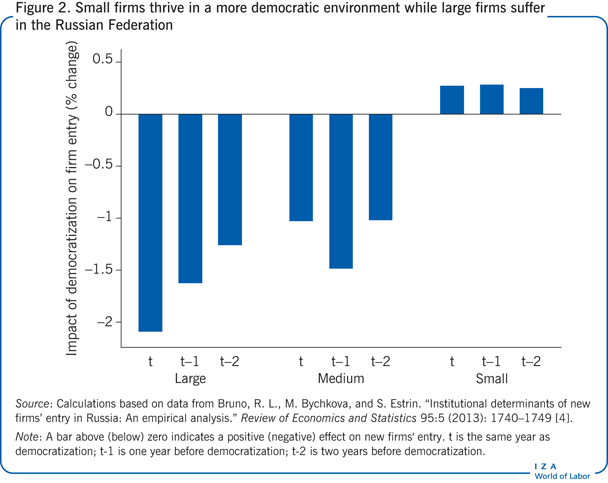Extending Shapiro and Stiglitz’s (1984) analysis of unemployment as a worker discipline device, we evidence how an economy populated by worker owned firms (WOFs), by overcoming information asymmetry on the employee side in the presence of employer opportunism (as embodied in moral hazard, hidden action and abuse of authority), can decrease, not increase equilibrium wages, while employment is necessarily higher in the presence of WOFs. Within the Shapiro and Stiglitz framework, our analysis evidences that the non-shirking constraint (NSC) for WOFs is lower for any employment and wage level than in investor owned firms (IOFs). By factoring bi-later asymmetric information and opportunism in the employment relation, our model implies that the Shapiro and Stiglitz (1984) results represent special cases in the wider analysis of equilibrium wages and employment in market economies. Relatedly, the potential for unemployment reduction and efficiency gain of worker ownership (as especially embodied in worker co-operatives, and employee-owned companies) has generally been understudied and empirical evidence coherent with this results need to be more thoroughly analysed. Suggested Citation.
Marina Albanese & Cecilia Navarra & Ermanno Tortia, 2013.' ,'2013/02, Department of Economics and Management.
Ermanno Celeste Tortia, 2013.' ,'wp46, Econometica. Saioa Arando & Fred Freundlich & Monica Gago & Derek C. Jones & Takao Kato, 2010.' ,'wp1003, William Davidson Institute at the University of Michigan.

Pencavel, John & Craig, Ben, 1994.' ,',University of Chicago Press, vol.
102(4), pages 718-744, August. Craig, Ben & Pencavel, John, 1992.'
,',American Economic Association, vol. 82(5), pages 1083-1105, December. Flavio DELBONO & Carlo REGGIANI, 2013.'
,',Wiley Blackwell, vol. 84(4), pages 383-397, December. CorrectionsAll material on this site has been provided by the respective publishers and authors.
You can help correct errors and omissions. When requesting a correction, please mention this item's handle: RePEc:pra:mprapa:77031.
University Of California Berkeley
See about how to correct material in RePEc.For technical questions regarding this item, or to correct its authors, title, abstract, bibliographic or download information, contact: (Joachim Winter). General contact details of provider:.If you have authored this item and are not yet registered with RePEc, we encourage you to do it. This allows to link your profile to this item.
It also allows you to accept potential citations to this item that we are uncertain about.If recognized a reference but did not link an item in RePEc to it, you can help with.If you know of missing items citing this one, you can help us creating those links by adding the relevant references in the same way as above, for each refering item. If you are a registered author of this item, you may also want to check the 'citations' tab in your profile, as there may be some citations waiting for confirmation.Please note that corrections may take a couple of weeks to filter throughthe various RePEc services.
Economists generally agree that the effect of a binding minimum wage law is to move firms backward along the demand curve for low skill workers. However, this prediction of worker displacement depends critically on the assumption that the productivity of firms' labor is not dependent on the wage. In this paper we show that in a conventional efficiency wage model, a minimum wage may increase the level of employment in low wage jobs. The formal logic of our model is similar to the case of labor demand under monopsony, but arises in a model with a large number of employers. Previous article in issue. Next article in issue.